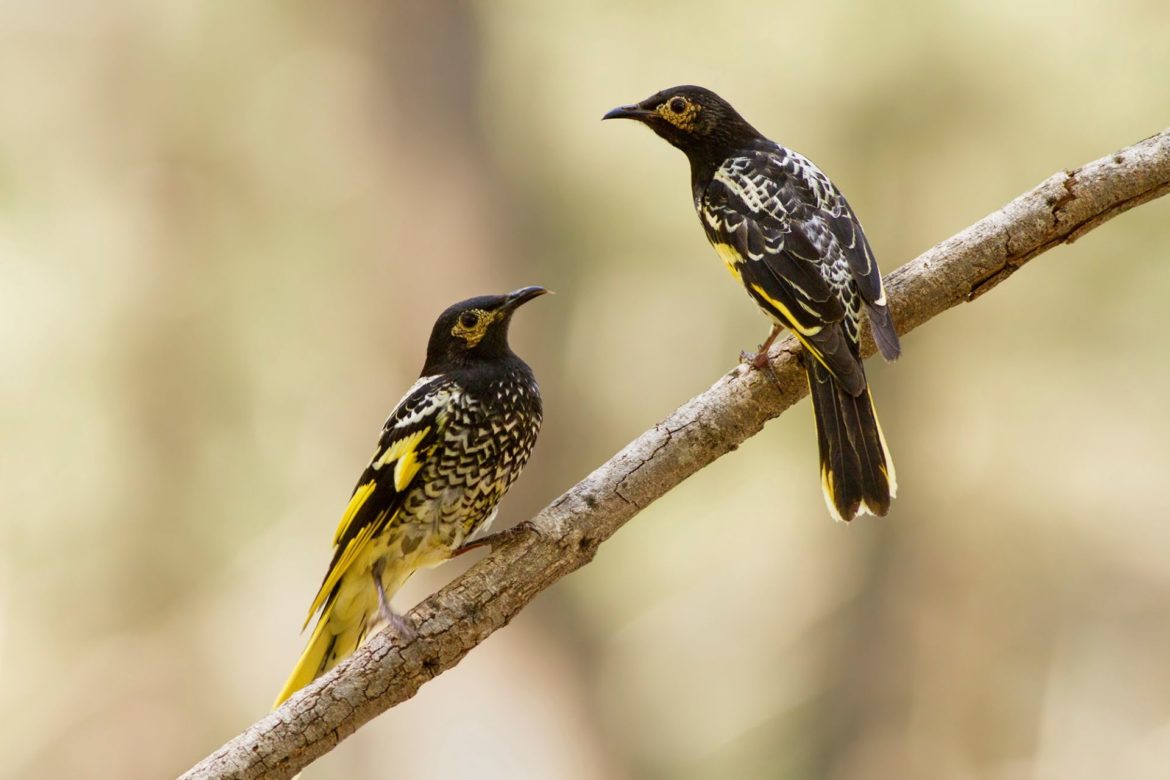“Male songbirds usually learn their tunes from adult mentors, but when aspiring crooners lack proper role models, they hit all the wrong notes — and have less success attracting mates.“

The following written content by Christina Larson
WASHINGTON (AP) — Male songbirds usually learn their tunes from adult mentors. But when aspiring crooners lack proper role models, they hit all the wrong notes — and have less success attracting mates.
For five years, ecologist Ross Crates has tracked the singing ability and breeding success of critically endangered regent honeyeaters. These distinctive black and yellow birds were once common across Australia, but habitat loss since the 1950s has shrunk their population to only about 300 or 400 wild birds today.
While male birds once formed large winter flocks, now they are sparsely distributed across the landscape, so many fly solo. That means fewer honeyeater mentors are nearby during young birds’ impressionable first year.
“Song learning in many birds is a process similar to humans learning languages — they learn by listening to other individuals,” said Crates, who is based at Australian National University.
“If you can’t listen to other individuals, you don’t know what you should be learning.”
The researchers found that a significant portion of male birds appear to be learning tunes exclusively from other species they encounter. About 12% of male regent honeyeaters wind up producing mangled versions of songs typically sung by noisy friarbirds and black-faced cuckooshrikes, among other species.
In some species, such as mockingbirds, song mimicry adds flourish to love songs. But the female regent honeyeaters aren’t impressed. Read more from U.S, News & World Report.





